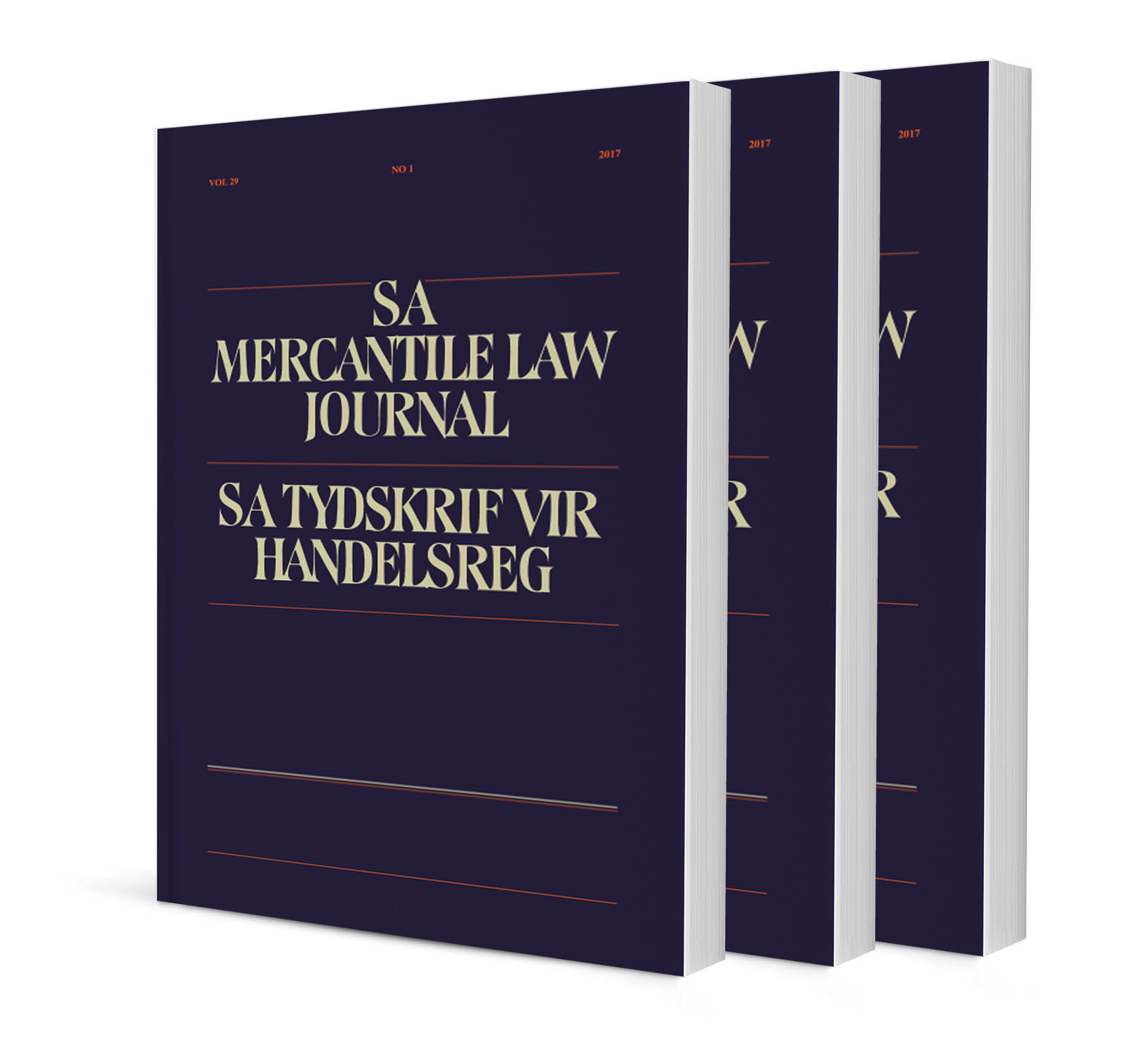Abstract
South African consumers have had the right to plain-language consumer contracts since 2011. However, five years later, the approach to drafting plain-language, consumer-facing legal documents is often still superficial and formulaic. The result is that consumers are still made vulnerable by poverty, illiteracy and a limited ability to understand the language in which consumer contracts are drafted. This leads to the social exclusion of a large part of the South African society, or a so-called Information Apartheid. Why has the right to plain language not translated into understandable language? We will argue that the roots of the problem can be found in the nature of the legal profession and a failure to merge the principles underlying sound legal practice with the linguistic principles of document and information design. There is an inherent tension between the principles of document design and the fundamentals of legal practice: effective document design requires that the audience and their needs lie at the heart of the approach to drafting, but, by comparison, legal professionals are paid to protect their clients against consumers. This adversarial legal framework creates a conflict of interest between legal writers and their readership. However, it also reflects a zero-sum understanding of complaint (or risk) management, and a failure to appreciate that writing in plain language can mitigate risk. What then is plain language and how can it be achieved, given these challenges? The definition of plain language in section 22 of the Consumer Protection Act requires that contracts be understood by the ‘ordinary consumer of the class of persons’ [for] whom’ the contract is written. However, the plain-language movement has been undermined by the fact that the legal profession is unaccustomed (and often ill-equipped) to write with the reader in mind. This is because the skill set required to truly achieve reader-friendly contracts, while still managing the supplier’s risk, is inter-disciplinary; it requires knowledge not only of the law, but also of document-design principles and the tools which document designers use to understand the consumer.
